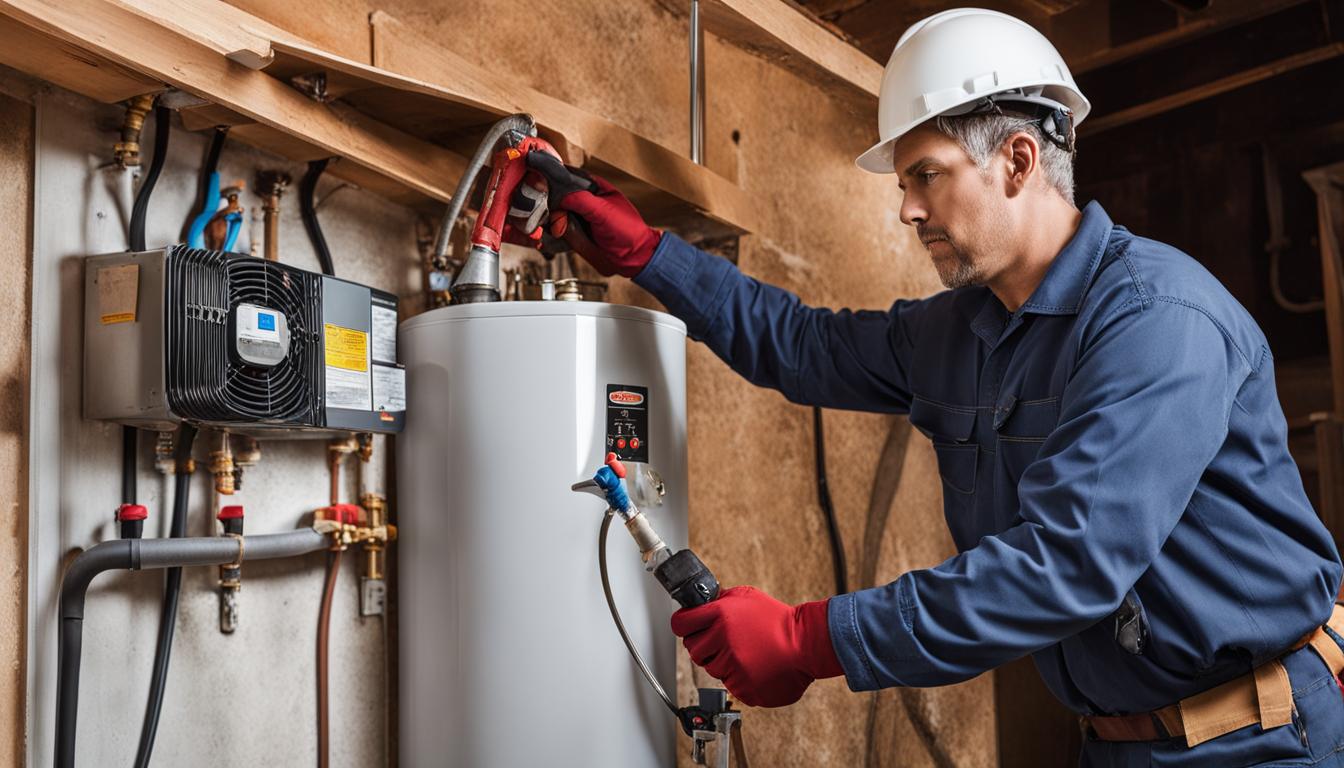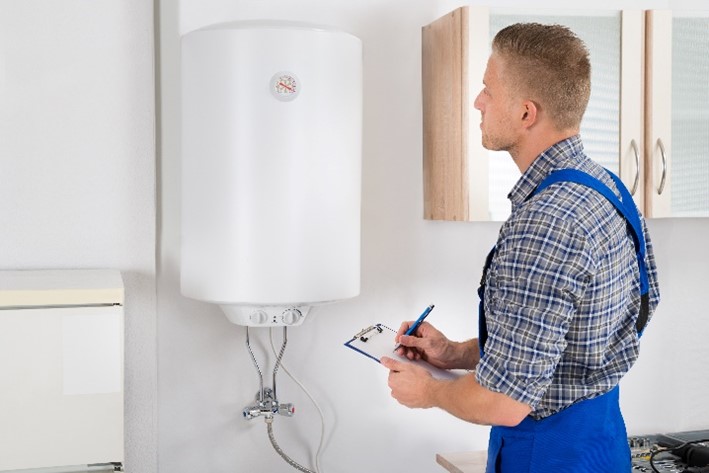Tips on How to Maintain Your Home's Hot Water System Functioning WellEffective Techniques for Caring for Your Home's Hot Water System
Tips on How to Maintain Your Home's Hot Water System Functioning WellEffective Techniques for Caring for Your Home's Hot Water System
Blog Article
What are your opinions about How to Maintain a Hot Water Heater in a Few Simple Steps?

Hot water is important for everyday convenience, whether it's for a refreshing shower or washing recipes. To guarantee your hot water system runs effectively and lasts much longer, normal upkeep is key. This post gives sensible tips and insights on exactly how to keep your home's warm water system to avoid interruptions and costly fixings.
Introduction
Preserving your home's warm water system may appear overwhelming, yet with a few straightforward actions, you can guarantee it operates smoothly for years to find. This overview covers whatever from recognizing your warm water system to do it yourself upkeep tips and knowing when to contact expert assistance.
Value of Keeping Your Warm Water System
Normal upkeep not just expands the life-span of your warm water system but also ensures it operates efficiently. Neglecting maintenance can lead to decreased efficiency, higher energy costs, and also premature failing of the system.
Indicators Your Warm Water System Demands Upkeep
Understanding when your warm water system needs interest can avoid major concerns. Keep an eye out for indicators such as irregular water temperature level, unusual sounds from the heater, or rusty water.
Flushing the Water Heater
Flushing your water heater removes sediment buildup, improving performance and prolonging its life.
Checking and Replacing Anode Rods
Anode rods prevent corrosion inside the tank. Examining and replacing them when worn is critical.
Complicated Problems Needing Professional Aid
Instances consist of significant leakages, electric troubles, or if your hot water heater is constantly underperforming.
Routine Professional Upkeep Advantages
Professional upkeep can include thorough assessments, tune-ups, and ensuring conformity with safety criteria.
Checking and Changing Temperature Settings
Adjusting the temperature level settings ensures optimum performance and safety.
Do It Yourself Tips for Maintenance
You can perform numerous maintenance jobs on your own to keep your warm water system in leading condition.
Looking for Leaks
Regularly evaluate pipes and links for leaks, as these can lead to water damages and higher costs.
Understanding Your Warm Water System
Before diving right into maintenance tasks, it's practical to recognize the fundamental components of your warm water system. Commonly, this includes the hot water heater itself, pipes, anode poles, and temperature controls.
Month-to-month Maintenance Tasks
Normal regular monthly checks can aid catch small concerns before they rise.
Testing Stress Alleviation Valves
Evaluating the stress relief valve guarantees it operates correctly and protects against excessive stress buildup.
Protecting Pipelines
Insulating hot water pipelines reduces warm loss and can conserve power.
When to Call a Professional
While DIY upkeep is advantageous, some concerns require expert experience.
Conclusion
Regular upkeep of your home's warm water system is essential for effectiveness, long life, and price financial savings. By following these ideas and recognizing when to look for professional help, you can make sure a trusted supply of hot water without unforeseen disturbances.
How to Maintain an Instant Hot Water Heater
Before tinkering with your hot water heater, make sure that it’s not powered on. You also have to turn off the main circuit breaker and shut off the main gas line to prevent accidents. Also turn off the water valves connected to your unit to prevent water from flowing into and out of the appliance. 2. When you’re done, you have to detach the purge valves’ caps. These look like the letter “T” and are situated on either side of the water valves. Doing so will release any pressure that has accumulated inside the valves while at the same time avoid hot water from shooting out and burning your skin. 3. When the purge valves’ caps are removed, you have to connect your hosing lines to the valves. Your unit should have come with three hoses but if it didn’t, you can purchase these things from any hardware or home repair shops. You can also get them from retail stores that sell water heating systems. Read the user’s manual and follow it to complete this task properly. When the hosing lines are connected, open the purge port’s valves. 4. You should never use harsh chemical cleaners or solutions when cleaning your unit. Make use of white vinegar instead. It should be undiluted and you’ll probably use about 2 gallons. 5. Now flush your water heater. This task should probably take about 40 minutes. We can’t give you specific directions for this because the procedure is carried out depending on the type, model and brand of your heater. With that being said, refer to the user’s manual. 6. When you’re done draining the unit, you have to turn off the purge port valves again. Remove the hosing lines that you earlier installed on each of the water valves. Put the valve caps (purge port) back in their respective places and be very careful so as not to damage the rubber discs that are found inside these caps. 7. Now that everything’s back in place, check your user’s manual again to find out how to reactivate your water heating system. 8. Once it is working, turn one of your hot water faucets on just to let air pass through the heater’s water supply pipes. Leave the tap on until water flows smoothly out of it. https://www.orrplumbing.com/blog/2014/september/how-to-maintain-an-instant-hot-water-heater/

I came across that piece on Tips on Maintaining a Water Heater while exploring the internet. Enjoyed reading our blog posting? Please quickly share it. Help another person find it. Bless you for being here. Return soon.
Click Here Report this page